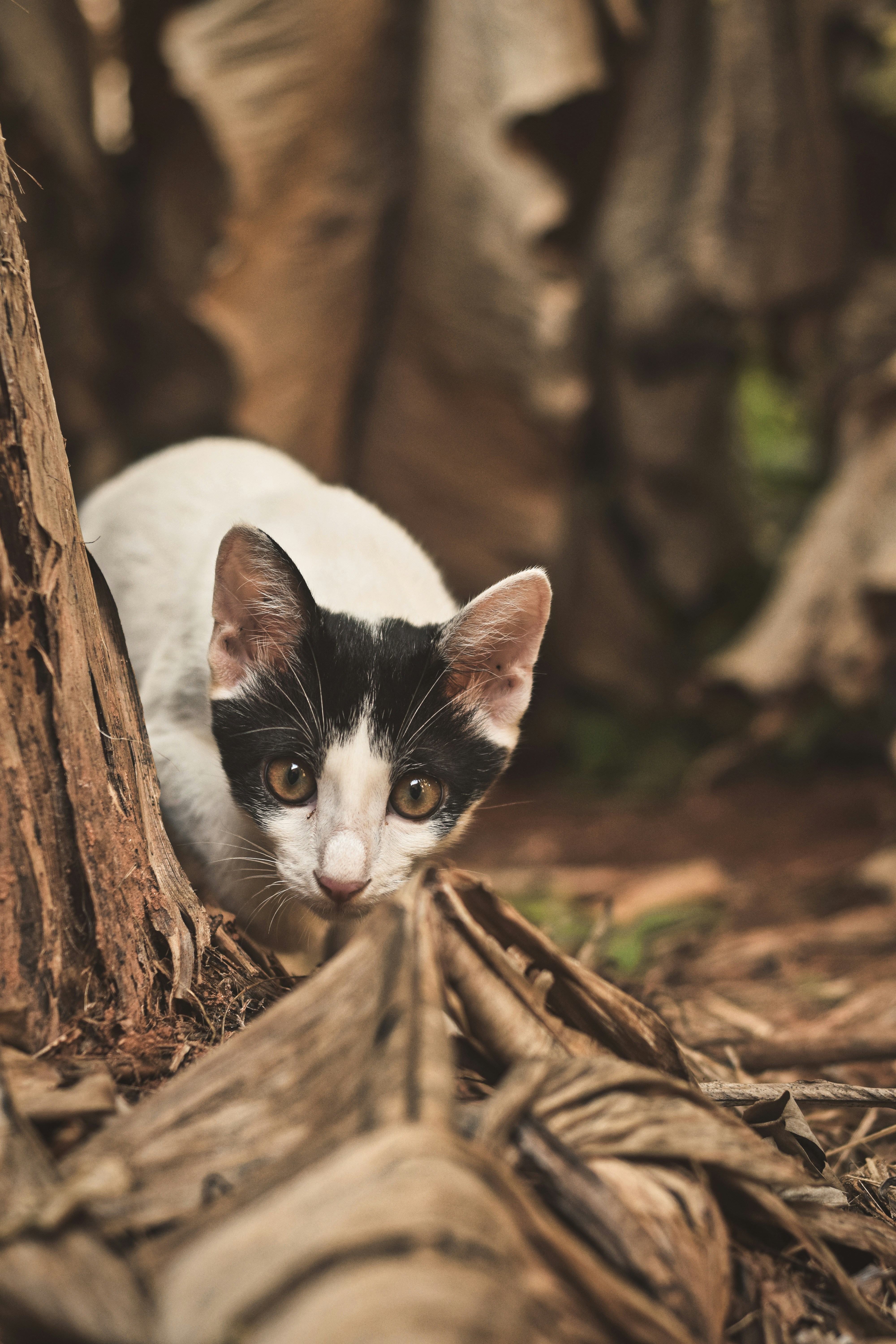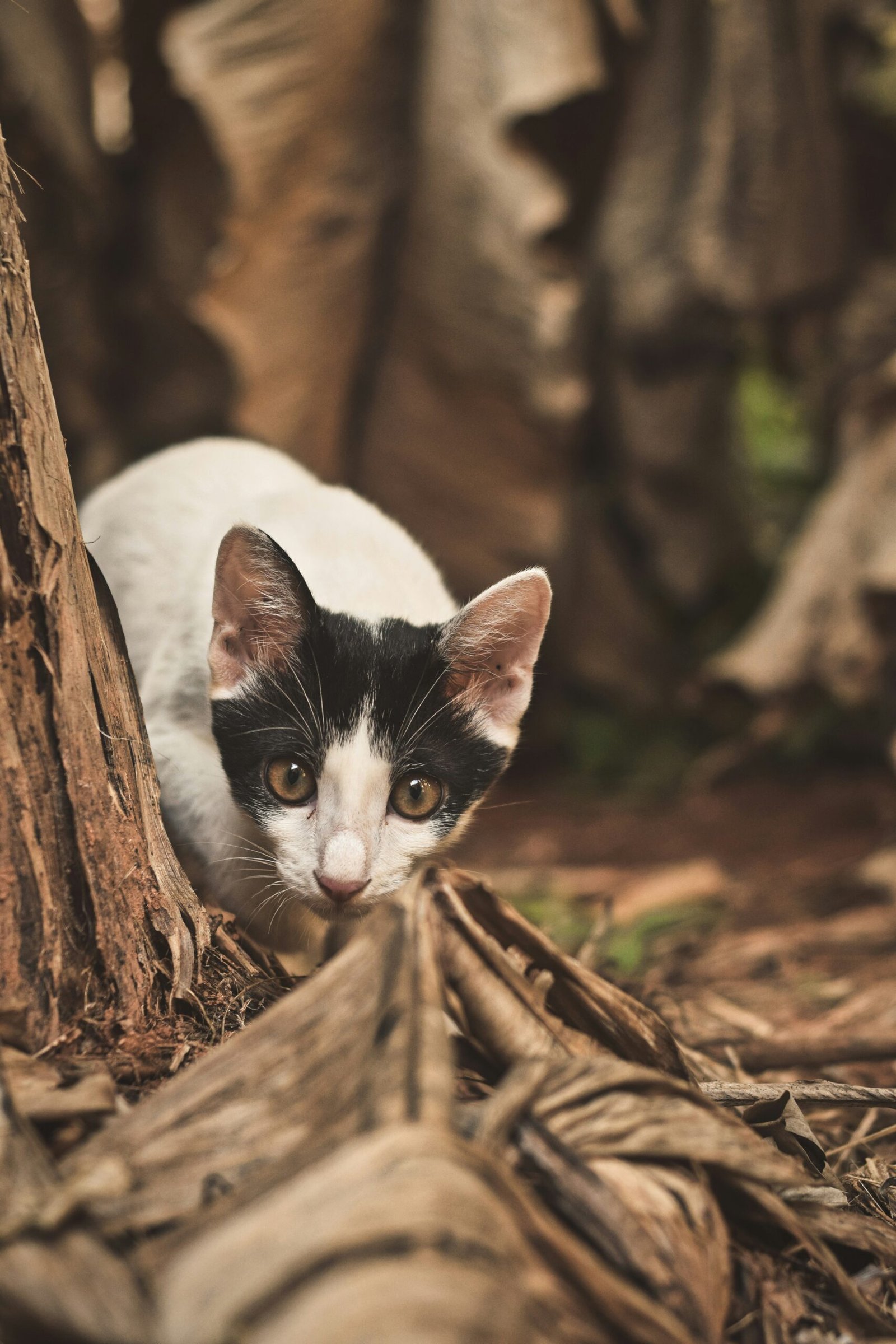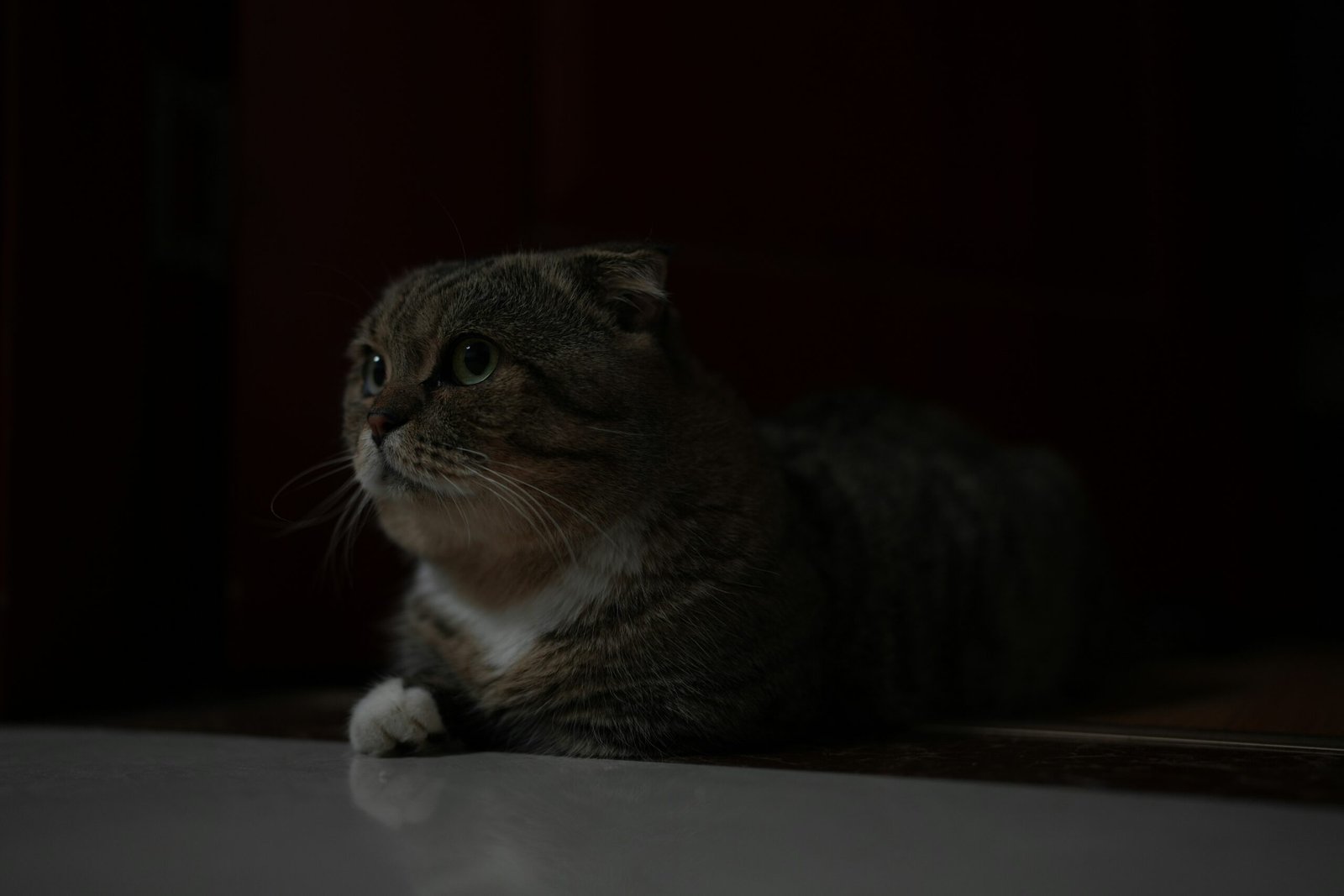Understanding Feline Communication: How Cats Talk to Us and Each Other
أكتوبر 1, 2025 | by Admin


The Basics of Cat Communication
Understanding feline communication involves recognizing the intricate ways in which cats express themselves. Unlike humans, cats utilize a variety of vocalizations, body language, and tail movements to convey their feelings and intentions. Vocalizations such as meows, purrs, hisses, and growls serve specific purposes. For instance, a cat may meow to solicit attention from its owner or to indicate discomfort, while a soothing purr often signifies contentment. Each sound is a critical part of how cats communicate their needs and emotions.
In addition to vocalizations, body language plays a significant role in feline communication. A cat’s stance, ear position, and whisker orientation provide valuable clues about its state of mind. An arched back accompanied by puffed fur signals aggression or fear, while a relaxed body posture suggests comfort and ease in the environment. Moreover, a cat’s eyes can reveal much; slow blinking can indicate trust, while staring may demonstrate assertiveness or curiosity.
Tail movements are another crucial element of cat communication. A tail held high can denote confidence and happiness, while a low or tucked tail often indicates submission or fear. Some cats communicate annoyance or irritation through quick flicks of the tail, which can serve as an early warning sign to observers. Understanding these signals is essential for cat owners, as it fosters a deeper connection between humans and their feline companions.
Recognizing the nuances of feline communication enables pet owners to respond appropriately to their cats’ needs and emotions. This understanding promotes a harmonious relationship, enhancing the bond that cat owners share with their beloved pets. Observing and interpreting these behaviors can help clarify the simplicity and complexity inherent in feline expression.
Decoding Body Language
Understanding feline communication significantly involves decoding cat body language, which is a primary means through which cats express their emotions and intentions. Cats exhibit a wide range of postures and movements that can indicate whether they are feeling relaxed, anxious, or aggressive. By closely observing these physical cues, owners can gain valuable insight into their pets’ moods and behaviors.
One of the most telling aspects of a cat’s body language is its posture. For instance, a cat that is feeling secure and content may sit or lie down with its body relaxed and limbs extended. Conversely, when a cat is anxious or fearful, it may crouch low to the ground, making itself appear smaller. This transformation in posture is indicative of the cat’s emotional state, serving as a crucial signal to those around it.
Ear positions also play a significant role in feline communication. Ears that are facing forward generally indicate curiosity or interest, while ears that are flattened against the head may suggest fear or aggression. It is essential to consider this ear positioning in conjunction with other body language signals. For example, a cat that displays a relaxed body posture but has its ears pinned back may be conflicted or experiencing discomfort.
Facial expressions are another vital aspect of cat body language. A cat that is relaxed will typically have a soft gaze, with their eyes half-closed. In contrast, an agitated cat may have wide-open eyes and dilated pupils. Recognizing these subtle facial cues can be vital in determining how a cat is feeling in a given moment.
For further insight into interpreting feline body language, readers may explore the internal article on understanding cat body language, which provides additional examples and a more in-depth analysis.
Vocalizations: What Your Cat is Really Saying
Cats possess a remarkable ability to communicate not only with humans but also with other felines. Their vocalizations are a key aspect of how they express emotions, desires, and even discomfort. Understanding these sounds can significantly enhance the relationship between a cat and its owner.
One of the most recognizable cat sounds is the meow. Interestingly, adult cats usually utilize meows primarily to communicate with humans rather than with other cats. Each meow can vary in pitch, duration, and intensity, depending on what the cat hopes to convey. For example, a high-pitched meow may indicate excitement or a plea for attention, while a low, drawn-out meow may express annoyance or a desire for solitude. Owners often report that their cats develop unique meows tailored for their specific households.
Purring is another common sound that is frequently associated with contentment; however, it can also signify discomfort or distress. Research indicates that cats purr while in pain, possibly as a mechanism for self-soothing. Observing the context in which a cat purrs is essential for accurate interpretation, as doing so can help pet owners understand if their feline friend is genuinely content or experiencing discomfort.
In contrast, growls and hisses serve as warning signals. When a cat growls or hisses, it is usually trying to communicate that it feels threatened. For instance, a cat may let out a hiss when it encounters an unfamiliar animal or if it is feeling cornered. Such vocalizations should never be ignored, as they can precede aggressive behavior if the cat feels further threatened.
For a more comprehensive understanding of cat sounds, including various nuances in their vocalizations, refer to our internal resource on cat sounds explained. Additionally, studies such as those conducted by the American Animal Hospital Association provide valuable insights into feline vocal behaviors, aiding in the overall interpretation of cat communication.
Tail Movements and Their Meanings
Tail movements play a crucial role in feline communication, serving as an essential indicator of a cat’s emotions and intentions. Understanding these movements can help cat owners interpret their feline companions’ feelings and facilitate better interactions. The position and motion of a cat’s tail can indicate various emotional states, ranging from excitement to aggression.
A tail held high typically signals a confident and content cat. Conversely, a lowered tail may indicate submission or fear. When a cat’s tail is puffed up, it is often a sign of aggression or fear, as the cat tries to make itself appear larger in response to a perceived threat. Similarly, a twitching or flicking tail can express agitation or irritation, often observed when a cat is focused on prey or feeling frustrated.
In multi-cat households, observing the tails of each cat can help owners decipher social dynamics and prevent conflicts. For instance, if one cat approaches another with a raised tail, it may be attempting to communicate friendliness or assert dominance. On the other hand, if a cat’s tail is puffed and swishing, it is advisable to keep some distance, as it signals discomfort or stress. Recognizing these behaviors can significantly reduce misunderstandings among cats and promote a harmonious environment.
For more information on how to interpret tail movements in multi-cat households and to ensure peaceful cohabitation, consider exploring resources dedicated to feline social behavior. By becoming familiar with tail signals, owners can enhance their understanding of cat communication, ultimately leading to a more satisfying relationship with their pets.
RELATED POSTS
View all



